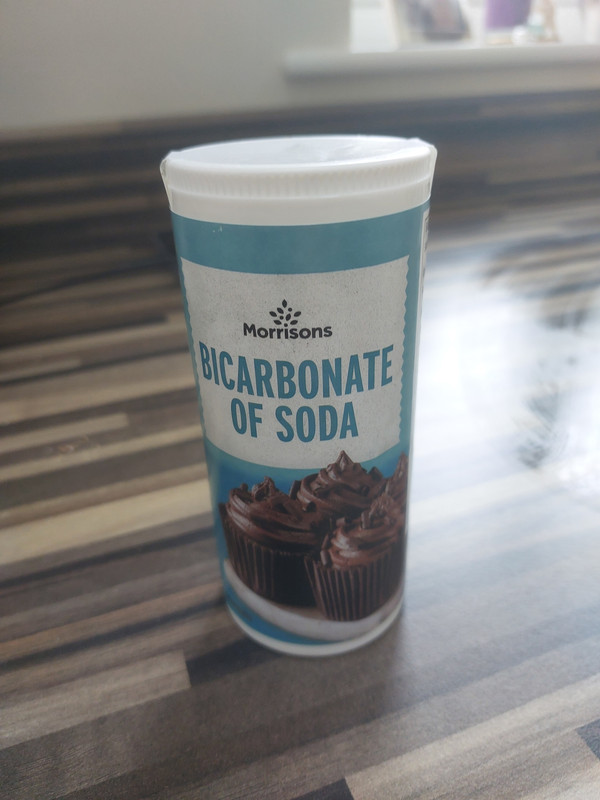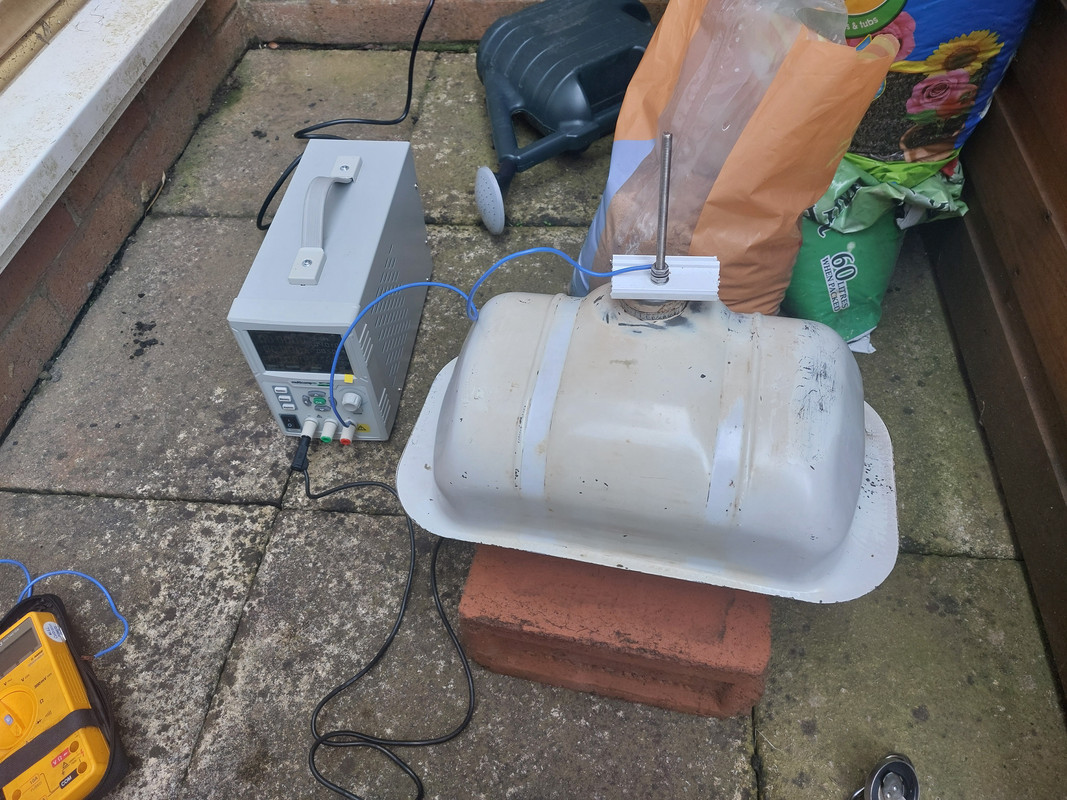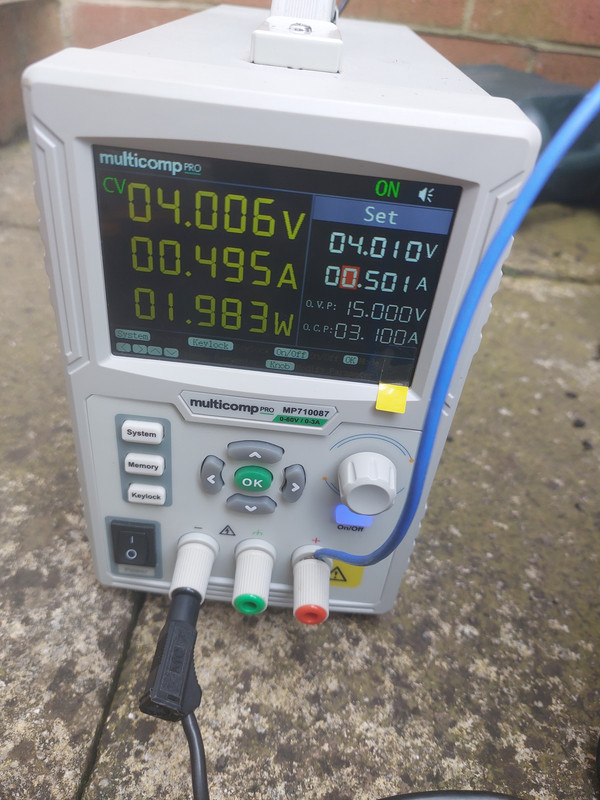
Not sure what to do about this, but I'm not just leaving it. Maybe try white vinegar like nobby did in his very entertaining video?
The ability to post messages is restricted to LCGB members. Any questions contact us at lcgbadmin@googlemail.com

















Storkfoot wrote:Very resourceful
Are you using the original loom?
dickie wrote:Storkfoot wrote:Very resourceful
Are you using the original loom?
Yes, I'm keeping as much as I can original. There's no reason why a loom will fail other than at the connections. I've flowed solder into some of the original bullet crimps and i always apply grease when I connect them. Due to going full DC, there are a few mods, but I've done my best to hide them.
The cable outers are original too. I tried to use the original inners by taking them out and cleaning them, but they weren't good enough. Once i replaced the inners, all actions were unsurprisingly much nicer. The throttle cable was a little tricky, but a barrel adjuster for a classic bike plus about 100mm of offcut new outer means it works with a 25phbl.
Rich Oswald wrote:dickie wrote:Rich Oswald wrote:No teaching you to suck eggs Dickie, but did you look under the fuel cap handle, in the centre, for the breather hole? Sorry if that is obvious.
Rich'
I take no advice as insulting; nobody knows everything even if they think they do. But yes, I did check and was surprised to see it didn't have one. As I type this, I'm wondering what even made me look in the first place!
What prompted me to ask this was, I restored S1 quite a few years ago now and it would only run for a few minutes before cutting out. Found out that it was the original fuel cap with no breather hole. A new cap cured it.
Rich'

Users browsing this forum: No registered users and 13 guests